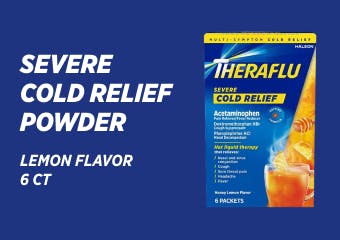What Is Considered a Low-Grade Fever?
The most widely known definition of a fever is when a person’s body temperature runs over 98.6°F, the average body temperature for most people.2 However, a fever can be broken down into further categories based on temperature, and one of those categories is “low-grade,” defined as a body temperature of 99.6°F to 100.3°F.3 This temperature range of a low-grade fever is usually a sign that your body is fighting off the infection and helping your immune system build strength.2
One important thing to note is that body temperature varies by person, and it can fluctuate by one or two degrees.4 Various factors such as exercise and your menstrual cycle can have an effect on the body’s temperature.4 In addition, body temperature is typically lower in the morning and higher in the evening.4
Potential Causes of a Low-Grade Fever
If you notice that your temperature remains high over an extended period of time, then this an indication that you might have a low-grade fever. Here are few low-grade fever causes you should be aware of:2
- Certain medications (antibiotics or drugs that are used to treat high blood pressure, for example)
- Bacterial or viral infections
- Certain immunizations (as a side effect)
- Heat exhaustion
- Inflammatory conditions (such as rheumatoid arthritis)
Treatment for Low-Grade Fevers
Depending on your symptoms, a health professional may not recommend that you seek treatment for your low-grade fever, as minor fevers can help with fighting off the infection in your body.2
Theraflu-D syrups are the only flu relief syrups that include pseudoephedrine, the most powerful oral nasal decongestant available without a prescription. The “D” in Theraflu-D stands for decongestant and gives credit to the presence of pseudoephedrine, a nasal decongestant that is used to relieve nasal congestion caused by colds and common allergies.5 Formulated to fight your toughest flu symptoms, Theraflu-D flu syrup offers multi-symptom relief including cough, sore throat, headache and nasal and sinus congestion. That means you won’t have to combine different medications to feel better.
No matter your symptoms, if you think you may need medical attention to help with your low-grade fever, contact your doctor immediately. It’s important to closely monitor your low-grade fever, as there may be a sudden spike in temperature that could indicate something more serious. For more health tips, check out our resource center where you can find articles about cold and flu symptoms and more.





